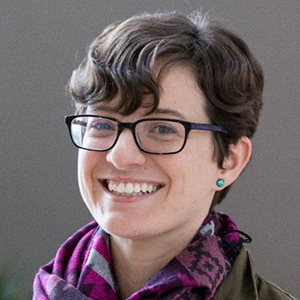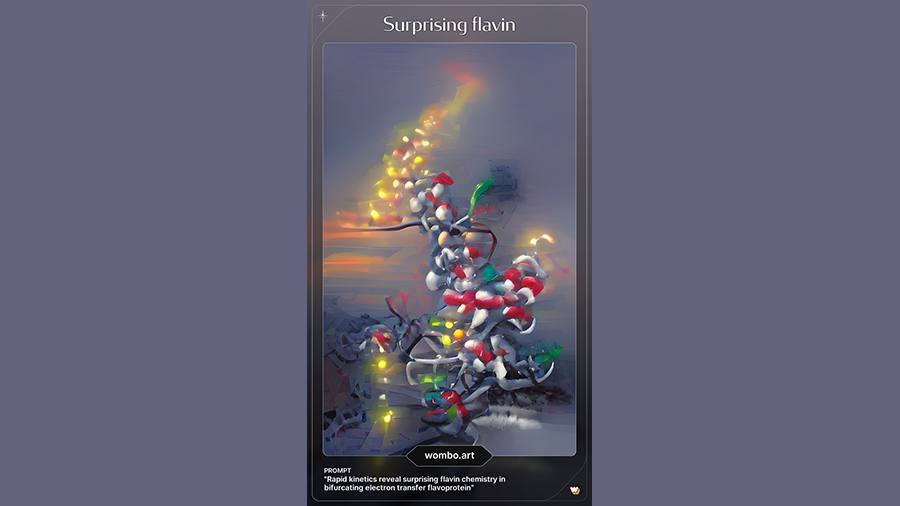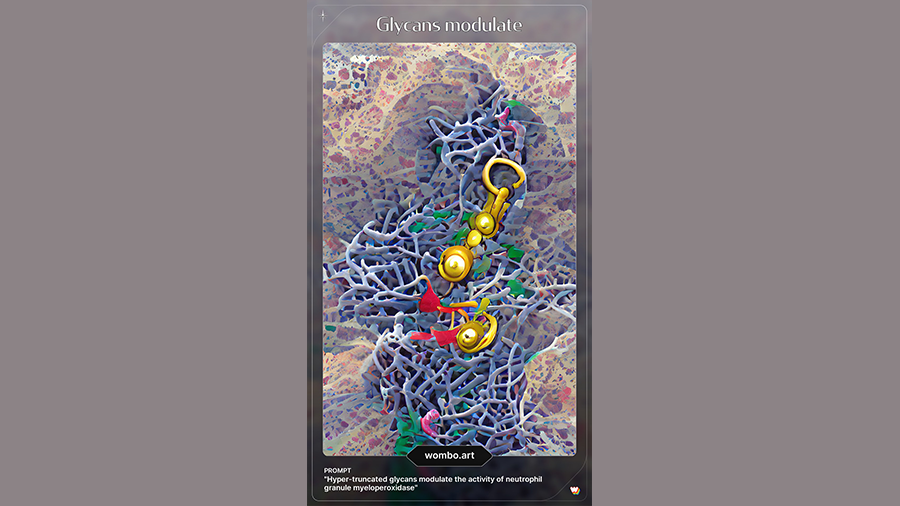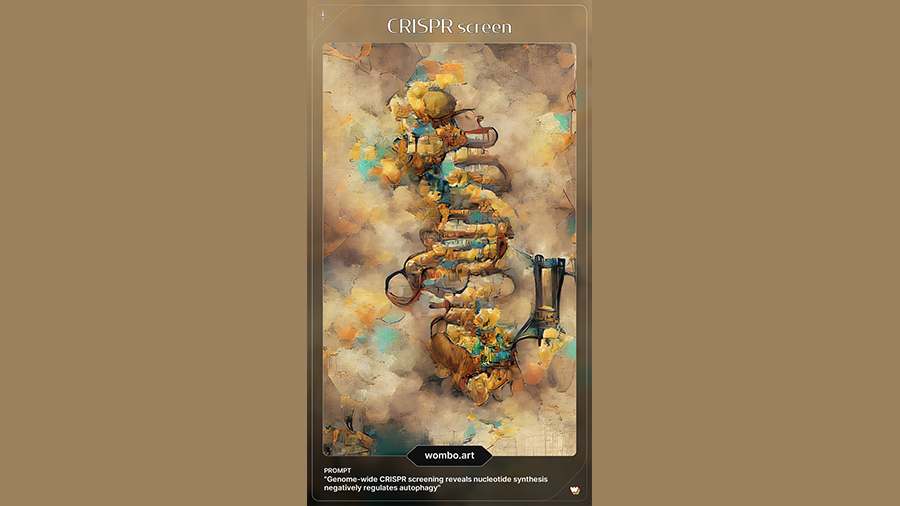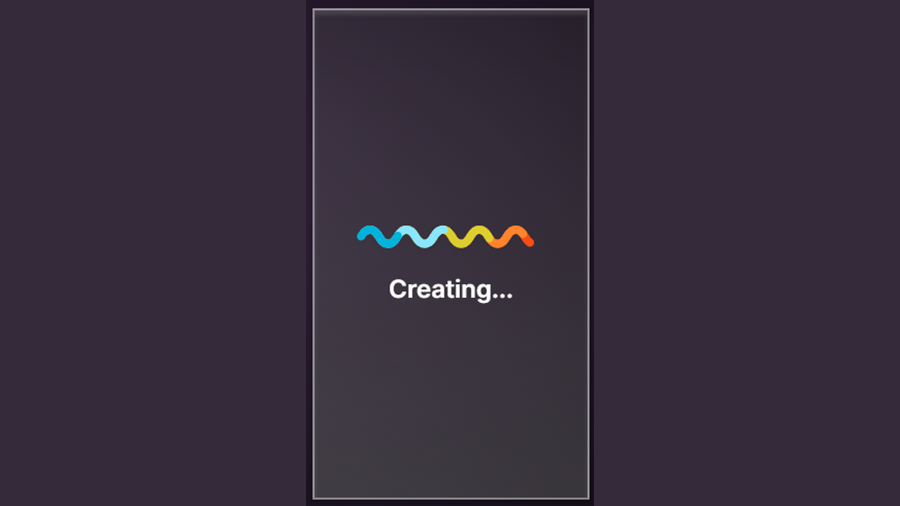We put the titles of JBC’s most-read articles into an AI art generator
In the past week or two, you may have noticed a spate of whimsical images with scientific captions proliferating on social media like some kind of unannounced journal cover contest. Perhaps you’ve posted one yourself.
Researchers from many disciplines are putting the titles of their work –abstract phrases dense with academic jargon – into an AI art generator, and sharing the results. The trend is powered by an app called Dream from Canadian software developer Wombo, which also publishes a deepfake video app that makes photos appear to lip-synch.
Dream solicits text inputs, and using the free-associating power of artificial intelligence - plus the conventions of an art style the user chooses – custom-generates an image. Usually strange but appealing, the images tend to contain at least a few elements that you can trace back to the elements in the prompt. Wombo isn't saying much about what powers the software, but machine learning experts have speculated publicly that it may use a neural network technique called VQGAN + CLIP. The technique uses two neural networks, one to conjure images based on a text input, and the second to assess and tweak the outputs. (You can read an explanation of how it works here.)
Since it launched in late November, Dream has seen a wave of interest, partly on the strength of its sheer weirdness. ASBMB Today staff wondered how it would handle molecular biology and biochemistry. Here are AI-generated artworks based on four of JBC’s top papers of the year.
Rapid kinetics reveal surprising flavin chemistry in bifurcating electron transfer flavoprotein
We think: The festive style plays nicely with the weird blend of ball-and-stick and protein backbone model the algorithm cooked up. We think “chemistry,” “electron” and “flavoprotein” all helped set the tone.
Hyper-truncated glycans modulate the activity of neutrophil granule myeloperoxidase
We think: The branch-like structures and webbing evoke both glycan tree images, and neutrophil extracellular traps. We decided to spare the AI the difficulty of rendering “Asn-355.”
Genomewide CRISPR screening reveals nucleotide synthesis negatively regulates autophagy
We think: Genomewide CRISPR screens. Artwork generated by computers. Is there any doubt we live in the future? This piece used a steampunk style, and we love the cloud-double helix hybrid the algorithm came up with.
The extensive and functionally uncharacterized mitochondrial phosphoproteome
We think: This was a tough one with a lot of abstract words! We suggested the mystical art style, thinking it would help with the numinous vocabulary. The AI thought about it for quite a while, but it never returned an image output. Eventually, we felt bad about our carbon emissions and stopped the app.
Enjoy reading ASBMB Today?
Become a member to receive the print edition four times a year and the digital edition monthly.
Learn moreGet the latest from ASBMB Today
Enter your email address, and we’ll send you a weekly email with recent articles, interviews and more.
Latest in Science
Science highlights or most popular articles

Defining a ‘crucial gatekeeper’ of lipid metabolism
George Carman receives the Herbert Tabor Research Award at the ASBMB Annual Meeting, March 7–10, just outside of Washington, D.C.

The science of staying strong
Muscles power every movement, but they also tell the story of aging itself. Scientists are uncovering how strength fades, why some species resist it and what lifestyle and molecular clues could help preserve muscle health for life.

Bacteriophage protein could make queso fresco safer
Researchers characterized the structure and function of PlyP100, a bacteriophage protein that shows promise as a food-safe antimicrobial for preventing Listeria monocytogenes growth in fresh cheeses.

Building the blueprint to block HIV
Wesley Sundquist will present his work on the HIV capsid and revolutionary drug, Lenacapavir, at the ASBMB Annual Meeting, March 7–10, in Maryland.

Gut microbes hijack cancer pathway in high-fat diets
Researchers at the Feinstein Institutes for Medical Research found that a high-fat diet increases ammonia-producing bacteria in the gut microbiome of mice, which in turn disrupts TGF-β signaling and promotes colorectal cancer.

Mapping fentanyl’s cellular footprint
Using a new imaging method, researchers at State University of New York at Buffalo traced fentanyl’s effects inside brain immune cells, revealing how the drug alters lipid droplets, pointing to new paths for addiction diagnostics.

